Olive 18cm
£20.00
Out of stock
Olive Tree Plant Description:
Botanical Name: Olea europaea
Common Names: Olive tree, Olive
Family: Oleaceae
Type: Evergreen tree
Size:
Height: Depending on the variety and growing conditions, olive trees can range from 20 to 40 feet (6 to 12 meters) in height.
Crown Spread: The crown can spread widely, creating a rounded or oval shape.
Leaves:
Type: Olive tree leaves are lance-shaped and silver-green on the upper surface, with a silvery-gray underside.
Arrangement: Opposite arrangement on the stem.
Flowers:
Bloom Time: Olive trees produce small, fragrant, white flowers in late spring to early summer.
Inflorescence: Flowers are often arranged in clusters.
Fruit:
Fruit Type: Olive fruits are drupes, typically green when unripe and turning dark purple to black as they ripen.
Harvest Time: Olives are usually harvested in the fall.
Growth Habit:
Trunk: The trunk of the olive tree is often gnarled and twisted, with a grayish-brown bark.
Branches: Olive trees have a distinctive branching pattern.
Root System: Olive trees can develop a deep and extensive root system.
Preferred Climate:
Mediterranean Climate: Olive trees thrive in regions with a Mediterranean climate, characterized by hot, dry summers and mild, wet winters.
Hardiness Zones: Generally, olive trees are hardy in USDA zones 8 to 11.
Sun Requirements:
Olive trees prefer full sun exposure for optimal growth and fruit production.
Soil Conditions:
Well-draining soil is essential to prevent waterlogged conditions.
Olive trees are somewhat tolerant of poor soils.
Uses:
Culinary: Olive fruits are harvested for the production of olive oil and table olives.
Ornamental: Olive trees are also cultivated for their ornamental value in landscapes and gardens.
Maintenance:
Olive trees are generally low-maintenance but benefit from occasional pruning to shape the canopy and remove dead wood.
Cultural Significance:
Olive trees have cultural and historical significance, particularly in Mediterranean regions.
Olive oil has been a staple in Mediterranean diets for centuries.
Caution:
While olive trees are generally hardy, they can be susceptible to certain pests and diseases, including olive fruit fly and olive knot disease.
Olive trees are valued for their longevity, resilience, and the economic and cultural importance of their fruits. Whether grown for their culinary uses or as ornamental specimens, olive trees contribute to the beauty and character of landscapes in suitable climates.
| Flower Colour |
TBC |
|---|---|
| Root Type |
TBC |
| Foliage Colour |
TBC |
| Soil Type |
TBC |
Only logged in customers who have purchased this product may leave a review.





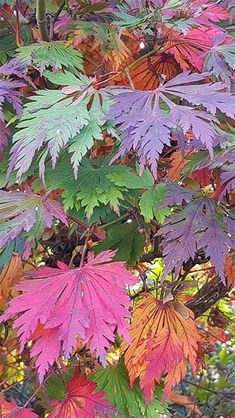
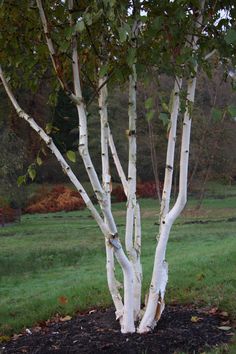
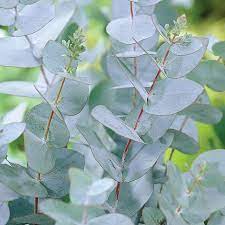
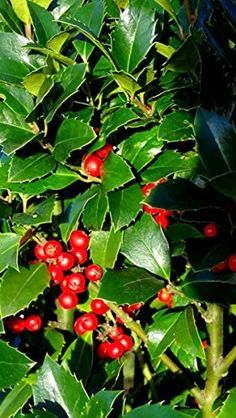
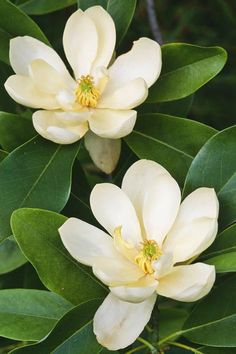
Reviews
There are no reviews yet.